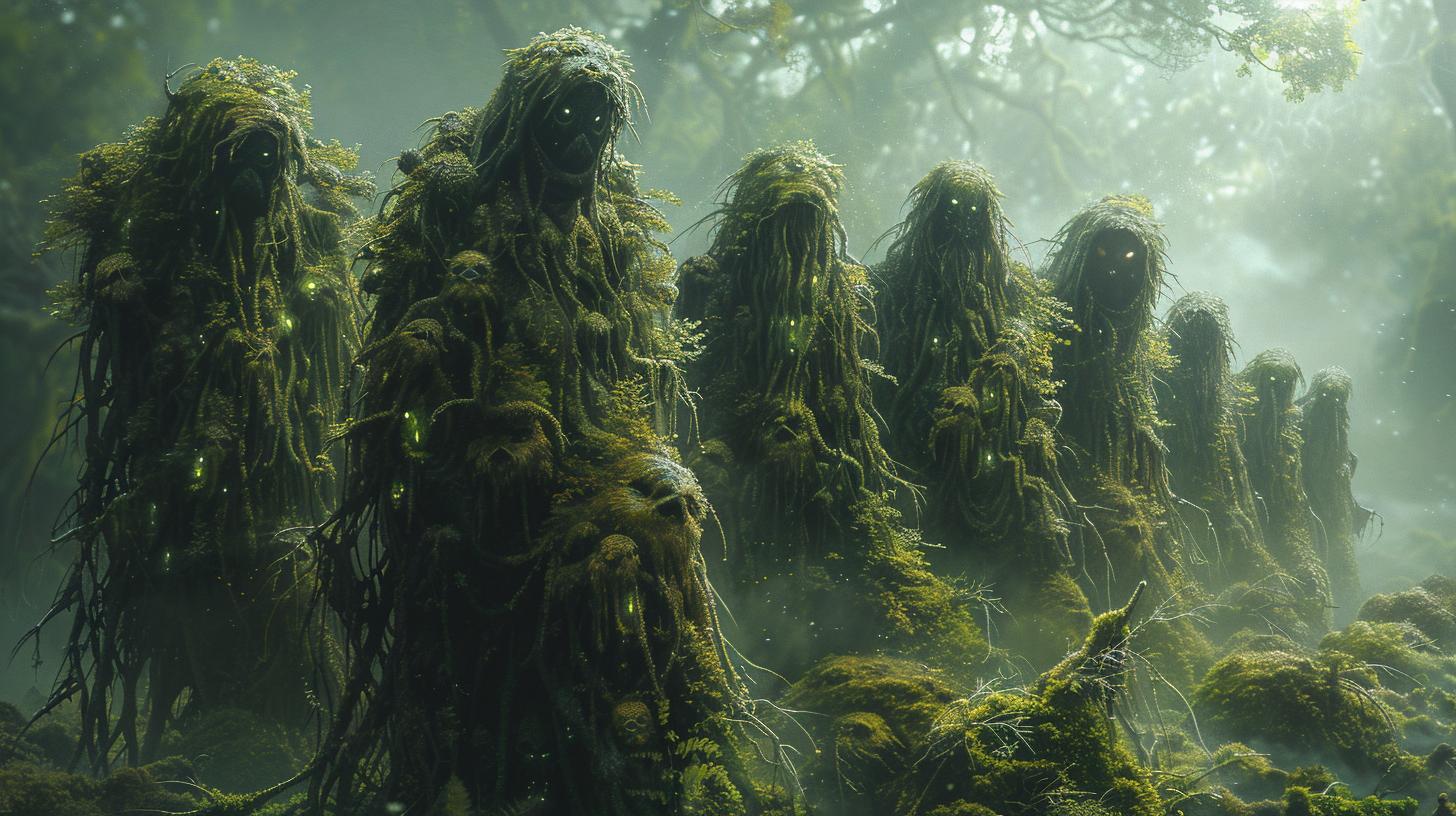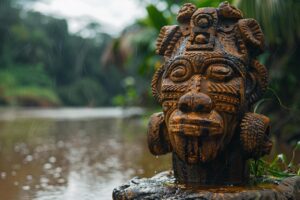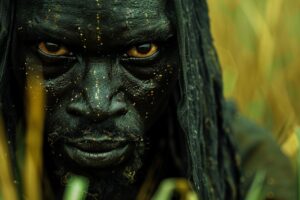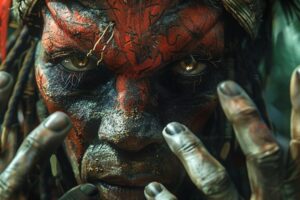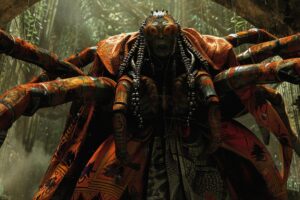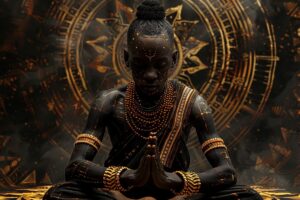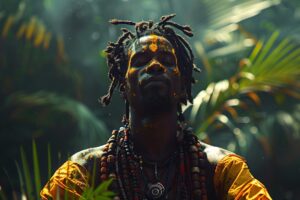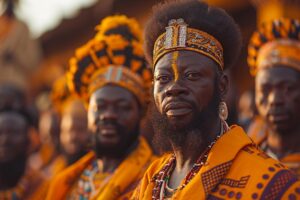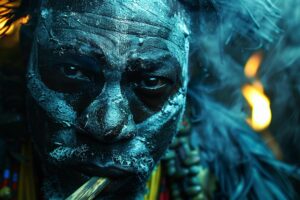Mmoatia Mythology: Discover the Enigmatic Beings of Ashanti Folklore
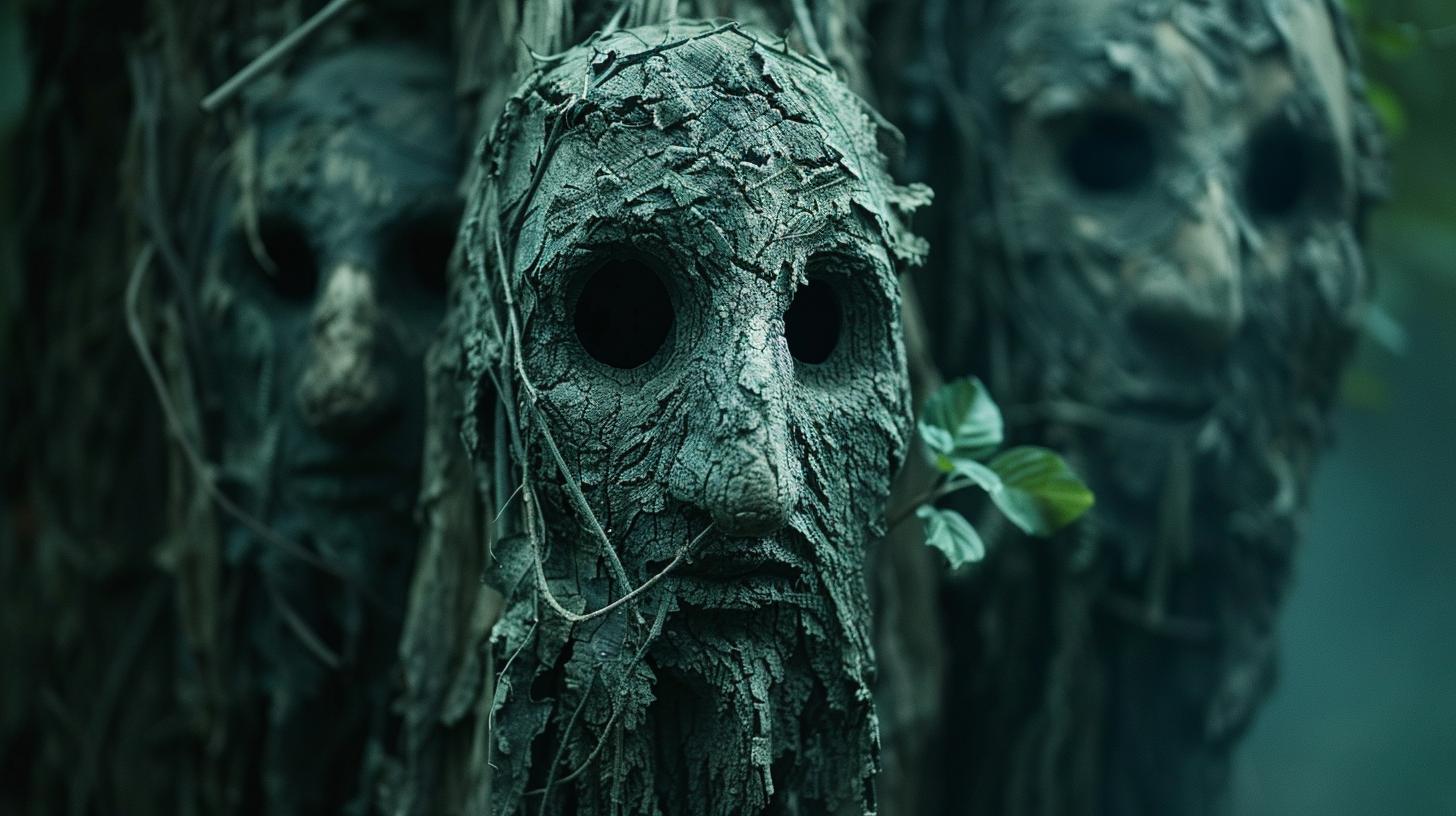
The Mmoatia from Ashanti mythology are mythical beings known for their small size and magical abilities. They are believed to communicate through whistles and are considered messengers of the gods.
The Mmoatia have three variations, each with unique characteristics and roles in Ghanaian folklore.
Origins and Characteristics of Mmoatia
The origins and characteristics of the Mmoatia in Ashanti mythology are shrouded in mystery and intrigue. These enigmatic beings hold a special place in Ghanaian folklore, captivating the imagination with their unique traits and abilities.
Appearance and Behavior
- Small stature
- Human-like appearance
- Magical abilities
- Timeless existence
Communication and Abilities
- Whistle language
- Speed and agility
- Connection to the supernatural
Variants of Mmoatia
Within the realm of Mmoatia exist distinct variations each with their own characteristics and roles in the tapestry of Ashanti mythology.
- Black Mmoatia: known for their kindness and innocence
- Red and White Mmoatia: mischievous tricksters with a penchant for pranks
Role of Mmoatia in Ashanti Mythology
The Mmoatia play a significant role in Ashanti mythology, serving as messengers of the gods and embodying magical abilities.
Their interactions with humans and their unique characteristics have shaped the folklore of Ghana.
Messenger of the Gods
- The Mmoatia are believed to be messengers of the gods, conveying divine messages and maintaining a connection between the spiritual realm and the mortal world.
Interactions with Humans
- Through their interactions with humans, the Mmoatia impart wisdom, teach valuable skills, and play a role in shaping the destiny of individuals.
Legends and Stories
- Many legends and stories feature the Mmoatia, highlighting their impact on various events and their role in the cultural heritage of the Ashanti people.
Mmoatia Apprenticeship
In the Ashanti mythology, the Mmoatia have been known to take on human apprentices, imparting knowledge and skills that are essential for becoming Sumankwafo, healers who play a crucial role in the community.
Learning from Mmoatia
Apprentices living with the Mmoatia experience an unconventional teaching method. They are immersed in the magical world of these beings, learning the intricacies of their healing powers and traditions.
Sumankwafo: The Healers
Upon completing their apprenticeship, individuals become Sumankwafo, revered healers capable of curing ailments and performing mystical rituals.
They hold a respected position within Ashanti society.
Challenges and Mysteries
- Living among the Mmoatia presents apprentices with unique challenges and tests their dedication to mastering the healing arts.
- These experiences are shrouded in mystery, with stories of difficult trials and hidden knowledge passed down through generations.
Mmoatia in Ghanaian Culture
In Ghanaian culture, the Mmoatia play a significant role, influencing beliefs and superstitions.
Their presence has left a lasting impact on folklore, shaping stories and traditions passed down through generations.
Mmoatia as Tricksters
The Mmoatia are known to be mischievous tricksters, enjoying playing pranks on humans. Their cunning nature adds a sense of whimsy and unpredictability to Ghanaian folklore, keeping people on their toes.
Magic and Talismans
- Legend has it that some Mmoatia possess the ability to perform powerful magic, delving into the realm of the supernatural.
- They are said to create potent talismans with mystical properties, sometimes exchanging them with humans for undisclosed favors.
- These enchanted objects are believed to hold great power, influencing events and individuals in mysterious ways.
Mmoatia as Tricksters
- Trickery and Deception
- Pranks and Mischief
- Challenges Faced by Humans
Magic and Talismans
Phasellus porta, erat ac volutpat accumsan, diam metus commodo purus, vel accumsan dui purus quis metus. Vestibulum posuere, leo nec sagittis laoreet, lacus risus tincidunt justo, in auctor libero tellus a velit.
Comparing Mmoatia with Other Akan Beings
Similarities and Differences
When comparing Mmoatia with other Akan beings, it becomes apparent that each entity possesses unique characteristics and roles within the mythology. Here are some points of comparison:
- Mmoatia, like Sasabonsam, are believed to be forest spirits that interact with humans in different ways.
- While Mmoatia are considered messengers of the gods, Abosom are revered deities with specific domains of influence.
Relationship with Forest Spirits
In Akan folklore, forest spirits play a significant role in the lives of individuals.
Mmoatia are often associated with the forest, where they interact with other beings and humans. This connection to the natural world is a common theme in Akan mythology.
Legacy of Mmoatia in Ashanti Mythology
The legacy of Mmoatia in Ashanti mythology is one of historical significance and cultural impact.
These mythical beings have left a lasting impression on the folklore of Ghana, shaping beliefs and traditions for generations.
Historical Accounts
- Mmoatia have been mentioned in ancient texts and oral traditions, dating back centuries.
- The interactions between Mmoatia and humans have been documented in stories passed down through generations.
- The role of Mmoatia as messengers of the gods has been a central theme in Ashanti mythology.
Cultural Significance
- Mmoatia are revered in Ashanti culture for their magical abilities and unique characteristics.
- The tales of Mmoatia continue to inspire artists, writers, and storytellers in Ghana.
- Their presence in folklore reflects the spiritual beliefs and values of the Ashanti people.
Continued Interest and Study
- Researchers and scholars continue to study the role of Mmoatia in Ashanti mythology.
- New discoveries and interpretations shed light on the significance of these mythical beings.
- The legacy of Mmoatia lives on through ongoing research and exploration of Ghanaian folklore.
.

